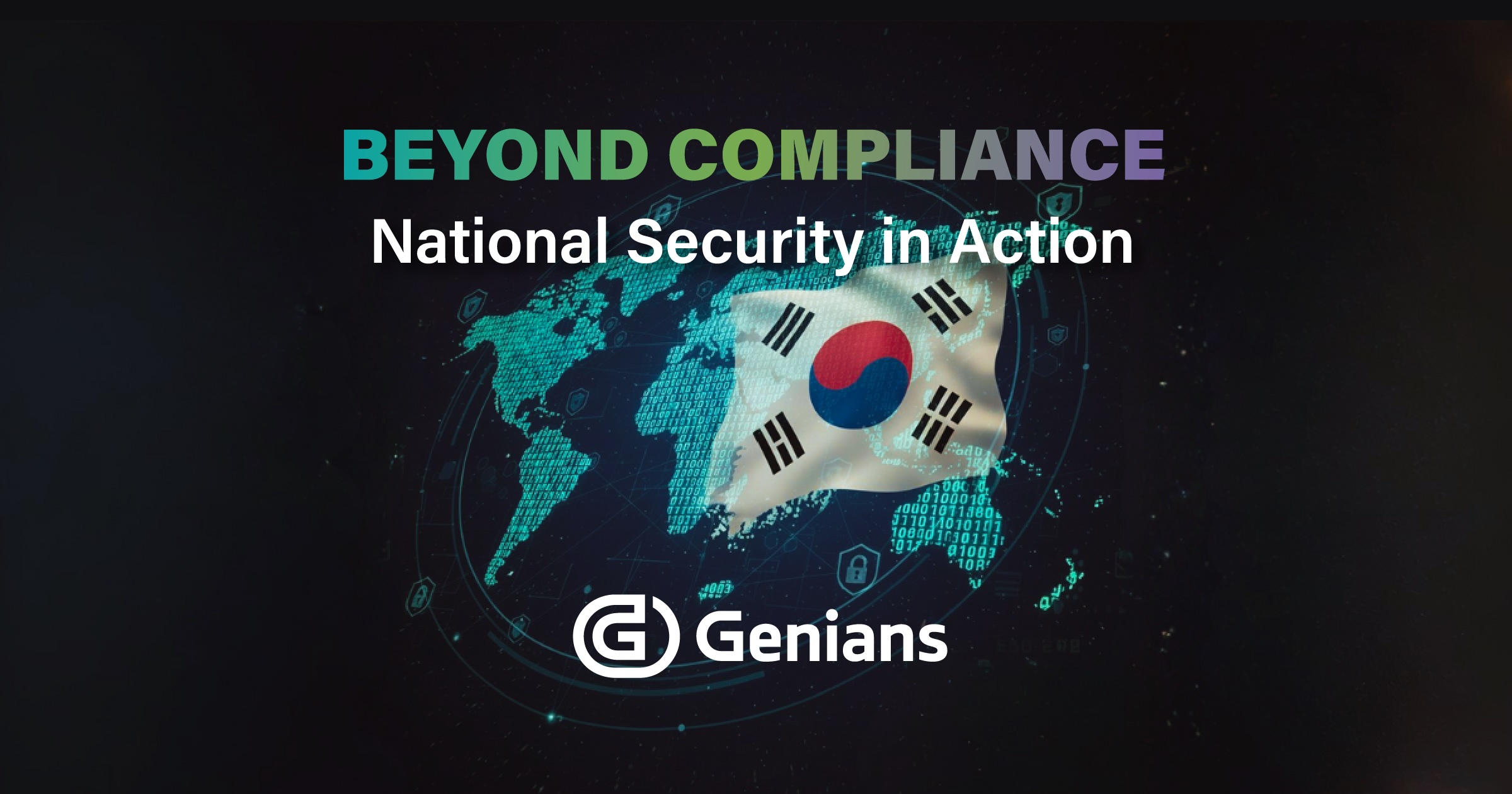In the educational landscape, the evolving Bring Your Own Device (BYOD) and remote learning introduce significant security challenges. According to a Security Boulevard report, Microsoft’s global threat activity tracker monitors malware encounters worldwide over the past 30 days. As of March 2023, the education sector is the most targeted, with nearly 80% of all 9.5 million reported encounters. In stark contrast, the retail industry, the next most-targeted, accounts for only 9.7% of malware reports. This data underscores the urgent need for robust cybersecurity measures in educational institutions.
Beyond NAC
To face these challenges, Network Access Control (NAC) has long been a key solution, playing a critical role in managing campus networks and ensuring device compliance. However, typical NAC solutions alone are not sufficient to tackle today’s complex security landscape. Integrating NAC with Zero Trust Network Access (ZTNA) is essential, providing comprehensive security for IT assets across campus, remote, cloud, and hybrid environments.
Key Use Cases: NAC and ZTNA in Securing BYOD in Education
1. Securing Your Digital Assets
- Challenge: Managing and securing a wide range of IT assets across various environments.
- Solution: NAC and ZTNA together provide a unified view of all connected devices with detailed information, including device photos, connection types (wired or wireless), End of Sale (EOS), End of Life (EOL) status, manufacturer details, Common Vulnerabilities and Exposures (CVE), applications, and traffic information. They correlate this information to enable accurate and actionable insights.
2. Shoring Up Network Segmentation:
- Challenge: Limiting unauthorized access and lateral movement of threats within the network.
- Solution: NAC segments network devices, users, and compliance status, ensuring that connected devices have limited access to critical systems based on roles. ZTNA further enhances segmentation by controlling access to applications, traffic, and cloud security groups, providing least-privilege access on a per-session basis.
3. Banishing Rogue, Unmanaged, and Misconfigured Devices:
- Challenge: Managing unmanaged devices from guests, rogue wireless devices, and those used by malicious actors, which pose significant security risks.
- Solution: NAC-driven ZTNA provides context-based granular device profiling and detects wired and wireless connections. It identifies rogue, unmanaged, misconfigured, and transient devices, blocking them without disrupting existing IT security operations and sending immediate alerts to administrators.
4. Mitigating Insider Threats:
- Challenge: Mitigating risks posed by insiders, whether intentional or accidental.
- Solution: NAC ensures that only trusted devices and users can access sensitive information and provides continuous monitoring and verification to prevent unauthorized access. ZTNA adds Traffic Flow/Analysis (Netflow), IP Mobility, Application Visibility & Control, and Secure Remote Connection to consistently monitor data leaving the network and prevent sophisticated insider threats.
5. Managing Remote Learning Devices:
- Challenge: Managing a diverse range of devices used for remote learning.
- Solution: Always-On ZTNA allows users to connect to the campus network with ongoing security checks, establishing a VPN tunnel as soon as they turn on their device. This ensures continuous verification of users and devices before and after granting access to network resources, maintaining secure and reliable connections.
6. Streamlined Endpoint Management:
- Challenge: Multiple agents installed on school-owned or BYOD devices often conflict, causing major OS systems like Windows to crash.
- Solution: A single NAC-ZTNA agent can provide consolidated endpoint security to manage both school-owned and BYOD devices, eliminating conflicts and ensuring real-time compliance and security enforcement.
7. Effortless Policy Enforcement:
- Challenge: Maintaining compliance with security policies and regulatory standards.
- Solution: NAC enforces compliance across all devices, while ZTNA adds an extra layer of security by ensuring policies are continuously applied and verified. A unified policy engine integrates with other security solutions like NGFW, SIEM, and EDR, supporting the creation and management of security policies across different environments, from on-premises to cloud.
Suggested Solution: Genians NAC-driven ZTNA
Genians has successfully enhanced its NAC solutions by adding ZTNA capabilities to address the challenges listed above, ensuring continuous verification, strict access controls, and real-time monitoring. This approach effectively addresses today’s evolving security threats.
By adopting a NAC-driven ZTNA approach, educational institutions can ensure a secure and resilient network environment, enabling students and educators to benefit from the flexibility and accessibility of BYOD without compromising security.
To learn more about the solution, schedule a conference call for a demo, or get started with a 30-day free trial.





